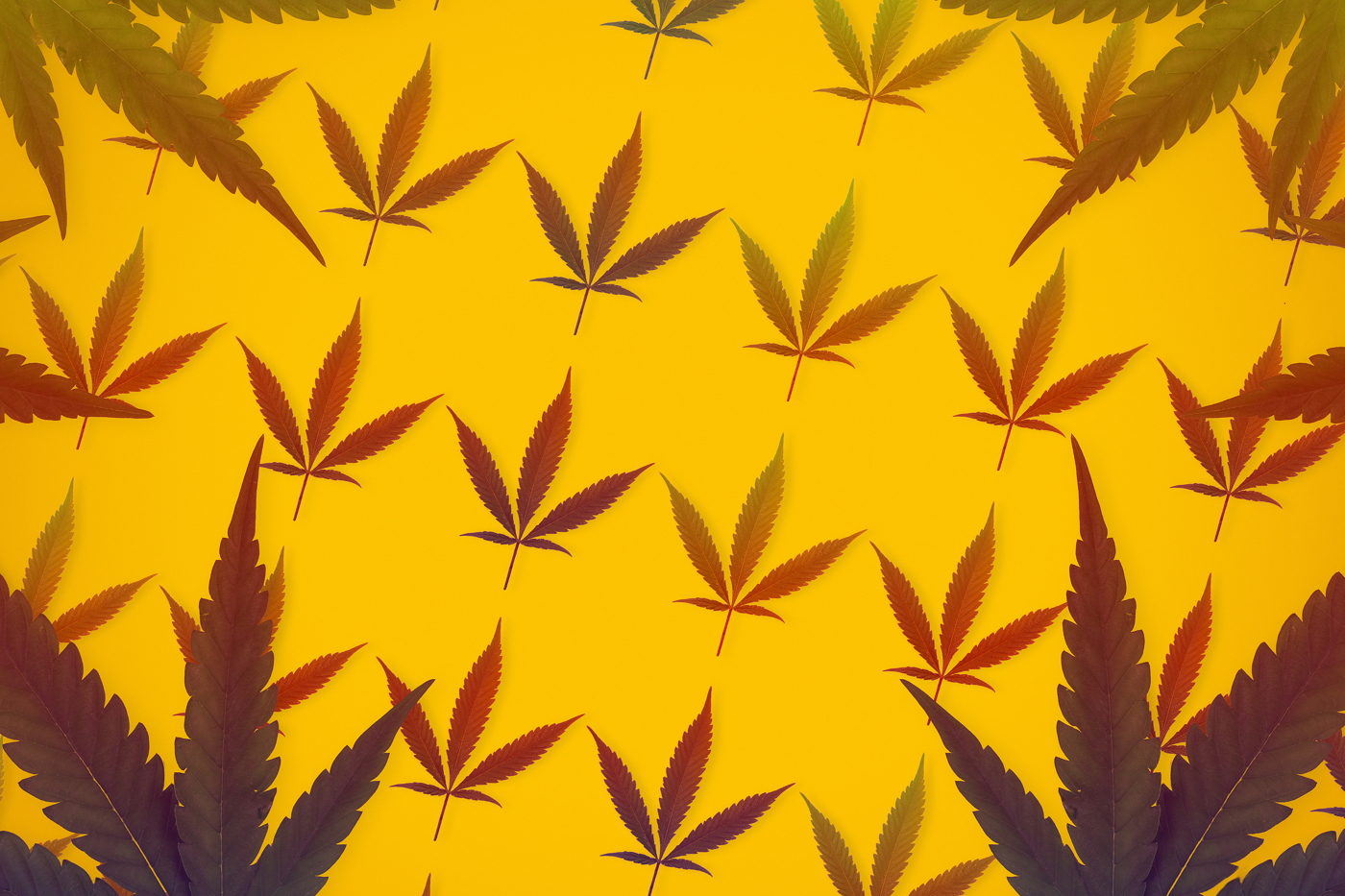There has been a good deal of promotion recently concerning fabric building and construction and the numerous products from which it is made. "Synthetic" materials made from oil feed-stocks have been panned as not lasting. There has been progress in making these sort of materials from bio-based oil by-product basic material, yet very little is being done readily.
"Organic" cotton has obtained a lot of press also, but the intrinsic problems in producing cotton remain. The lengthy hot expanding season, the generous quantity of water needed for the plant, and the vulnerability to a selection of pests and diseases need a lot of treatment by the farmer, whether with herbicides and also chemicals or equal quantities of natural options.
A few other "fast revival" fabric items are currently on the marketplace such as bamboo, abaca, bed linen, and fabric made from various other turfs. Their rapid growth indicates they absorb a great deal Cannabis Stocks of carbon in the ambience promptly, but particularly in the case of bamboo, the harmful chemicals needed to divide the fiber from the various other plant product before it can be woven, is troublesome.
There is one quickly growing all-natural item that offers itself nicely for textile that is eco-friendly from a growing and also processing viewpoint. The item is mostly grown in Eastern Europe as well as Asia where subsistence ranches make it a money crop. I am talking hemp-a fiber that has actually been expanded by people because ancient times for its fiber, oil, medical high qualities, and as a base for soaps, lotions, creams and shampoos.
Annually, an acre of land will certainly create as much fiber as 2-3 acres of cotton. The fiber is more powerful and also softer than cotton, lasts two times as long in use, and also will not mold.
Historically most hemp fiber was used for cordage (ropes) and also the lots of odd names for marine ropes originate from the numerous particular fiber blends as well as staminas for details aboard ship uses.
Hemp expands in a much larger climate variety than cotton and also is frost tolerant. Along with the fiber for textiles, hemp can be used for paper, cardboard, a plastic substitute and also even as fuel (assume bio-diesel).
It is interesting to note that in the US most paper is made from tree fiber-which take many years to expand to harvestable size. A hemp crop can be collected in 120 days and also requires no poisonous chemicals to launch the fiber from the pulp. (Anybody that has actually passed a running paper mill will certainly relate to this!) Hemp fiber is launched mechanically by heavy steam and machinery.
It is upsetting that hemp has been unlawful to grow in the US because the 1930's, and also made even more stringent concerning a years back. Its cousin, cannabis, has virtually indistinguishable leaf as well as stem framework, yet Marijuana Hemp (Indian hemp) does not have the THC web content that makes marijuana such a social issue.
A lot of nations in the EU, plus Canada and Australia, allow commercial hemp to be grown. In Eastern Europe and Asia, hemp has constantly been a legitimate plant that renews the soil as well as doesn't call for costly herbicides and pesticides. Commercial hemp is lawful for import as well as sale in the US, yet prohibited to expand as a domestic plant.
This state of affairs indicates that American consumers can gain from the environment-friendly nature of the item, when utilized in their garments or furnishings, and are sustaining mostly third world farming efforts to be self-reliant and also improving their standard of life.
A hemp plant can be harvested in 120 days and requires no toxic chemicals to release the fiber from the pulp. Hemp fiber is released mechanically by steam as well as equipment.
A lot of nations in the EU, plus Canada and also Australia, permit industrial hemp to be expanded. Industrial hemp is legal for import and also sale in the United States, yet unlawful to expand as a residential crop.
